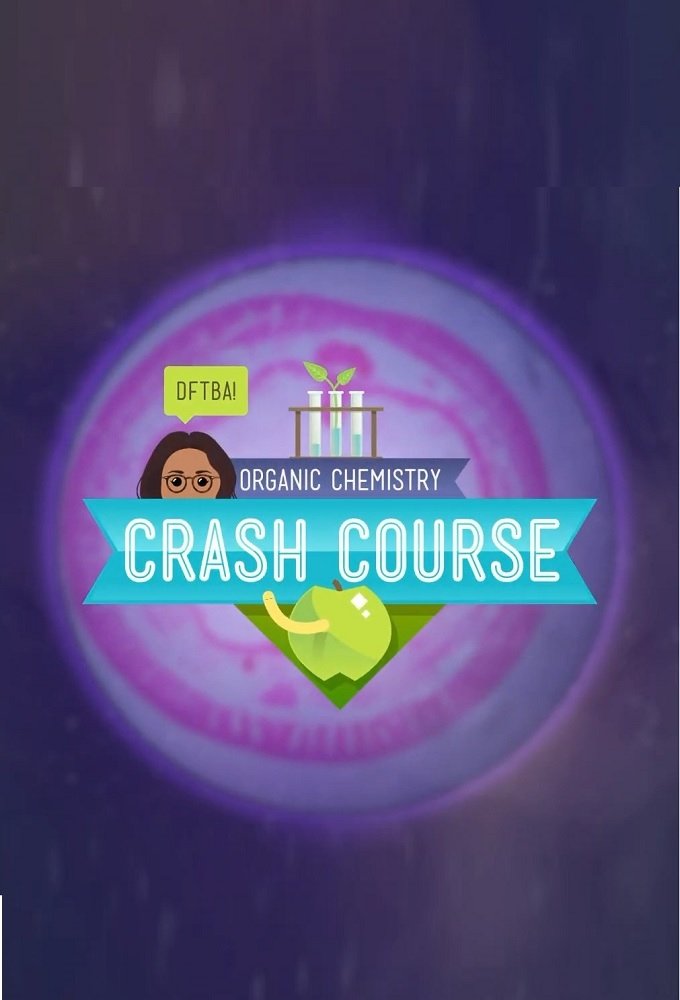1
What Is Organic Chemistry?
2
The Basics of Organic Nomenclature
3
More Organic Nomenclature: Heteroatom Functional Groups
5
IR Spectroscopy and Mass Spectrometry
9
More Stereochemical Relationships
10
Polarity, Resonance, and Electron Pushing
12
Nucleophiles and Electrophiles
13
Intro to Reaction Mechanisms
14
E/Z Alkenes, Electrophilic Addition, & Carbocations
15
Thermodynamics and Energy Diagrams
16
Alkene Addition Reactions
18
Alkyne Reactions & Tautomerization
19
Radical Reactions & Hammond's Postulate
20
Intro to Substitution Reactions
21
Substitution Reactions - SN1 and SN2 Mechanisms
23
Determining SN1, SN2, E1, and E2 Reactions
24
Alcohols, Ethers, and Epoxides
25
Synthesis and Column Chromatography
26
How to Identify Molecules - Proton NMR
27
An Overview of Aldehydes and Ketones
28
Organometallic Reagents and Carbanions
29
Aldehyde and Ketone Reactions - Hydrates, Acetals, & Imines
31
Carboxylic Acid Derivatives & Hydrolysis Reactions
32
Interconversion and Organometallics
33
Chemoselectivity and Protecting Groups
34
Retrosynthesis and Liquid-Liquid Extraction
36
Aromaticity, Hückel's Rule, and Chemical Equivalence in NMR
37
Intro to Electrophilic Aromatic Substitution
38
More EAS - Electron Donating and Withdrawing Groups
39
More EAS & Benzylic Reactions
40
Synthesis, Distillation, & Recrystallization
41
Conjugation & UV-Vis Spectroscopy
42
The Diels-Alder & Other Pericyclic Reactions
43
Enols and Enolates - Reactivity, Halogenation, and Alkylation
44
The Aldol and Claisen Reactions
45
Crossed Aldol Reactions, Enones, and Conjugate Addition
47
Diazonium Salts & Nucleophilic Aromatic Substitution
48
Biochemical Building Blocks & Fischer and Haworth Projections
50
Medicinal Chemistry and Penicillin Total Synthesis
